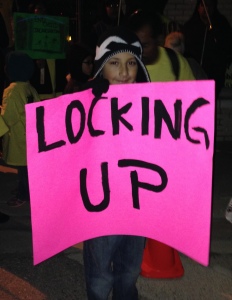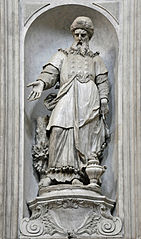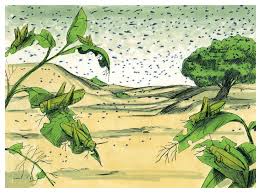Last week a friend and I met for coffee. We haven’t seen each other for a couple of weeks and we talked about the recent killings of black men by police and brought up the 73 year old insurance executive who mistook his gun for a Taser and killed Eric Harris a 44 year old black man on April 2. I said to my friend that I wanted to understand the allure of guns for white men who at that age choose to join a police chase that unnecessarily ended with killing Eric Harris.
The coffee place where we sat was humming with patrons and a man who sat at the next table must have been paying close attention to our conversation since we talked quietly. The man, who was large and looked in his 60s got up came over to us, leaned into our table and said, “You should look at the NFL.” Given that both of us are rather small women this was clearly an intimidating invasion of our space. We were both stunned. We frequently meet at that establishment and it was the first time that anyone invaded our conversation.



